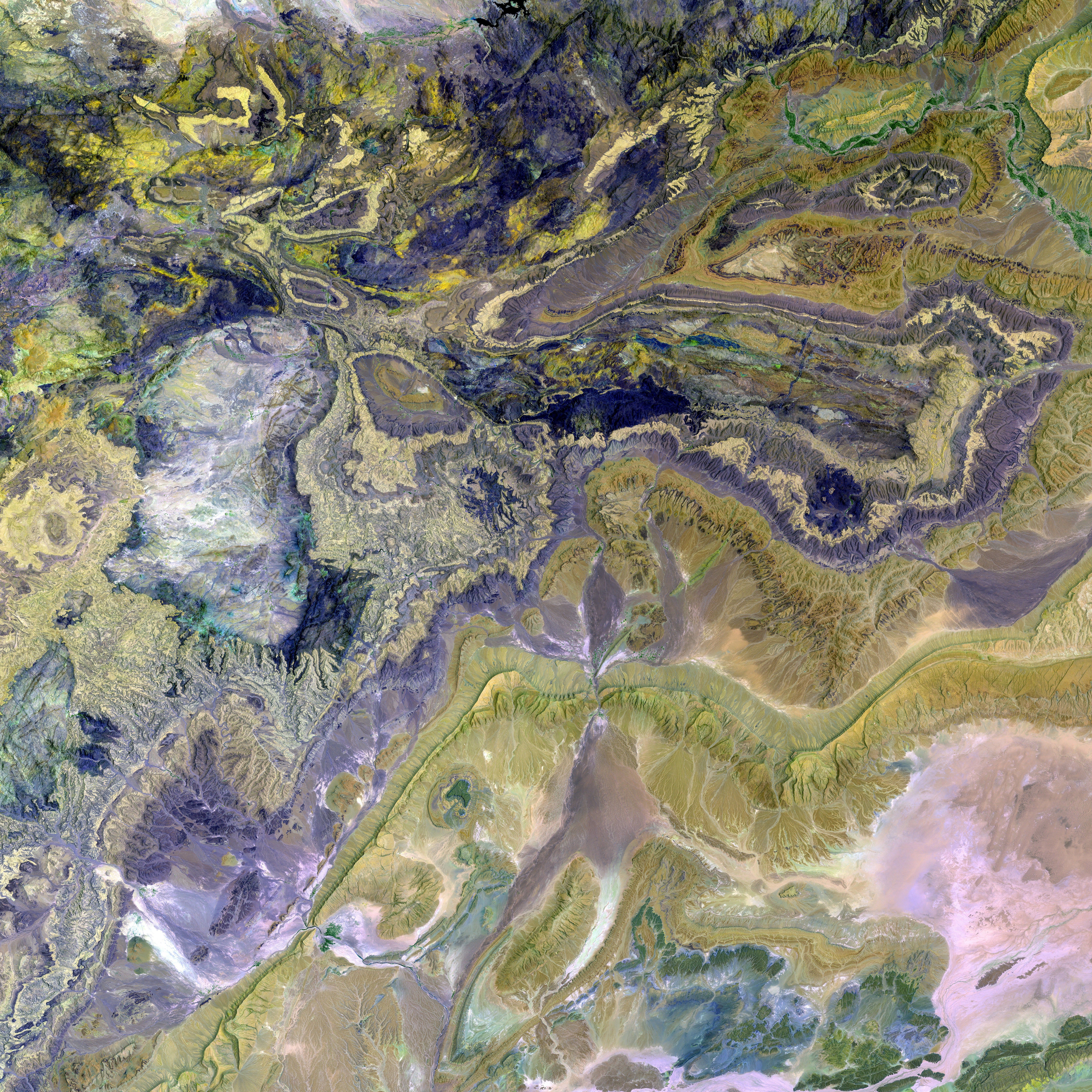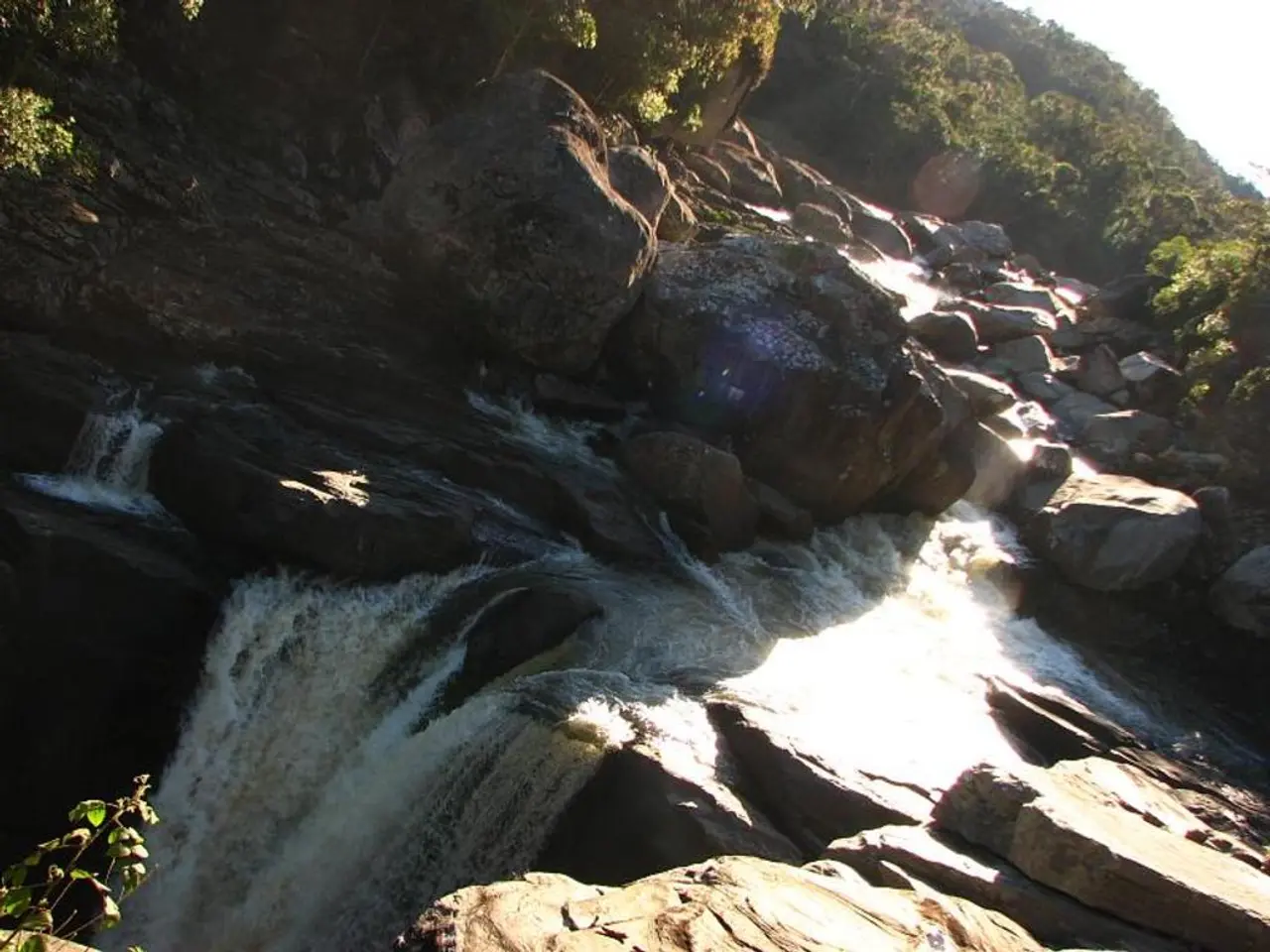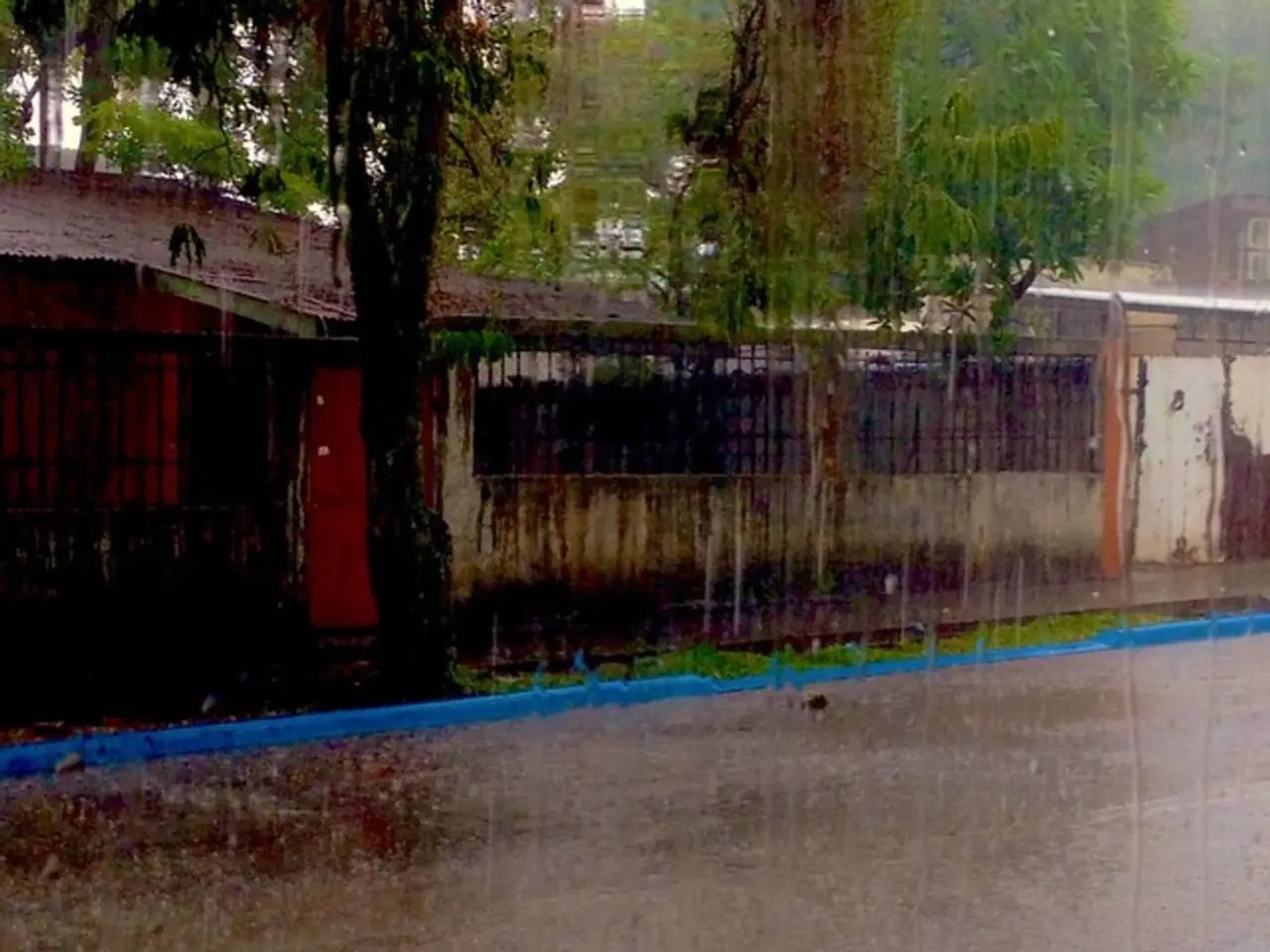Struggling merchants reduce prices dramatically to offload flooded merchandise
In Chiang Rai's Mae Sai district, vendors began selling flood-damaged goods at deeply discounted prices on Tuesday, as the Sai Lom Joy market dried out following heavy floodwaters from the swollen Sai River. The district chief swiftly launched flood relief measures and cleanup operations, aided by multiple agencies, as meteorologists anticipated rainfall to subside over the subsequent days.
The market and surrounding areas had been submerged in floodwaters before the river's overflow started receding. Residents returning to their homes and shops on Tuesday morning faced the daunting task of cleaning up, as their properties were coated with thick, tenacious mud.
Vendors carefully assessed the damage and started selling salvageable goods at significantly reduced prices, drawing large numbers of customers eager to support the local community and score budget-friendly deals.
The Mae Sai district chief, Warayut Khombun, led the multi-agency cleanup efforts at Ko Sai community junction. He reported that water levels were on a steady decline, with rainfall expected to decrease over the following two to three days, potentially averting any further flooding.
Temporary sandbag barriers were being erected in flood-prone areas to curb additional damage in the short term. For long-term prevention, army engineers were accelerating the construction of flood barriers along the nearby border with Myanmar, the arena where much of the Sai River's catchment occurs.
Concerns pertained to potential heavy metal contamination of the Sai River from mining waste in the headwaters region of Myanmar. The Thai government was allegedly exploring diplomatic avenues to halt mining activities in Wa Daeng, Myanmar, suspected of contributing to the pollution.
The CDC and health officials have warned that, while current heavy metal levels do not pose an immediate health risk, long-term exposure could lead to health issues like nerve disorders, skin problems, and other complications, particularly affecting children, pregnant women, and the elderly.
The pollution does not only threaten local communities but also jeopardizes international waterways, as the Sai and Mekong rivers are shared by several countries. Thai authorities are vigilantly monitoring the situation, conducting water sampling, and advising residents to take appropriate measures to minimize their exposure to contaminated water and food.
Environmental scientists expressed worry about the long-term impact of climate-change-induced weather anomalies on the region's climate, as the swift and severe flooding in Mae Sai district seemed to be a sign of intensifying natural disasters. Meanwhile, the controversy over heavy metal contamination from upstream mining in Myanmar continued to raise concerns among health officials, with environmental science experts calling for urgent action to protect the river and surrounding communities.







